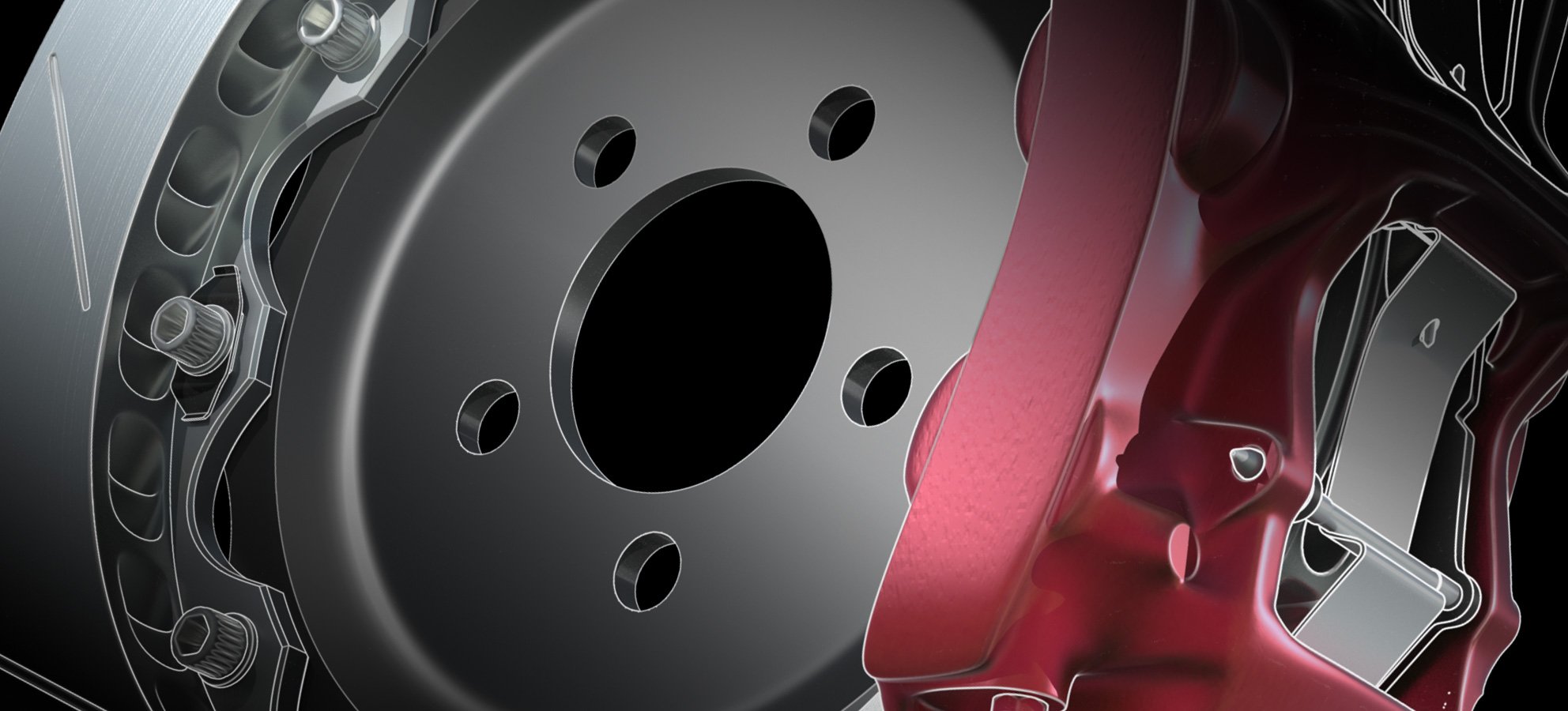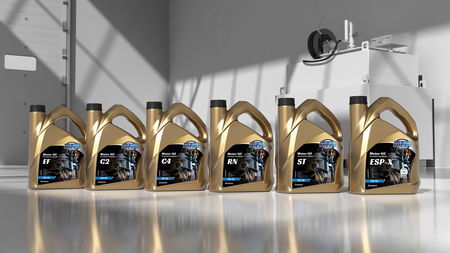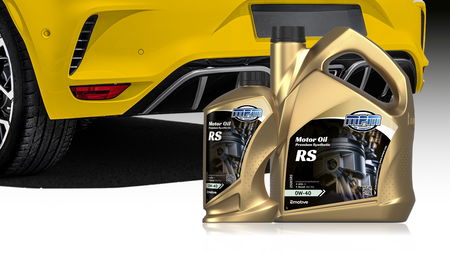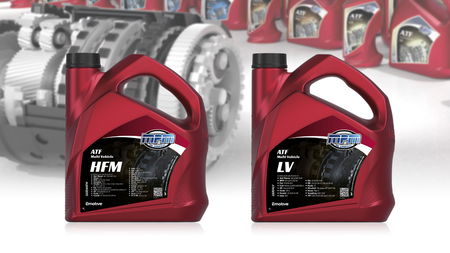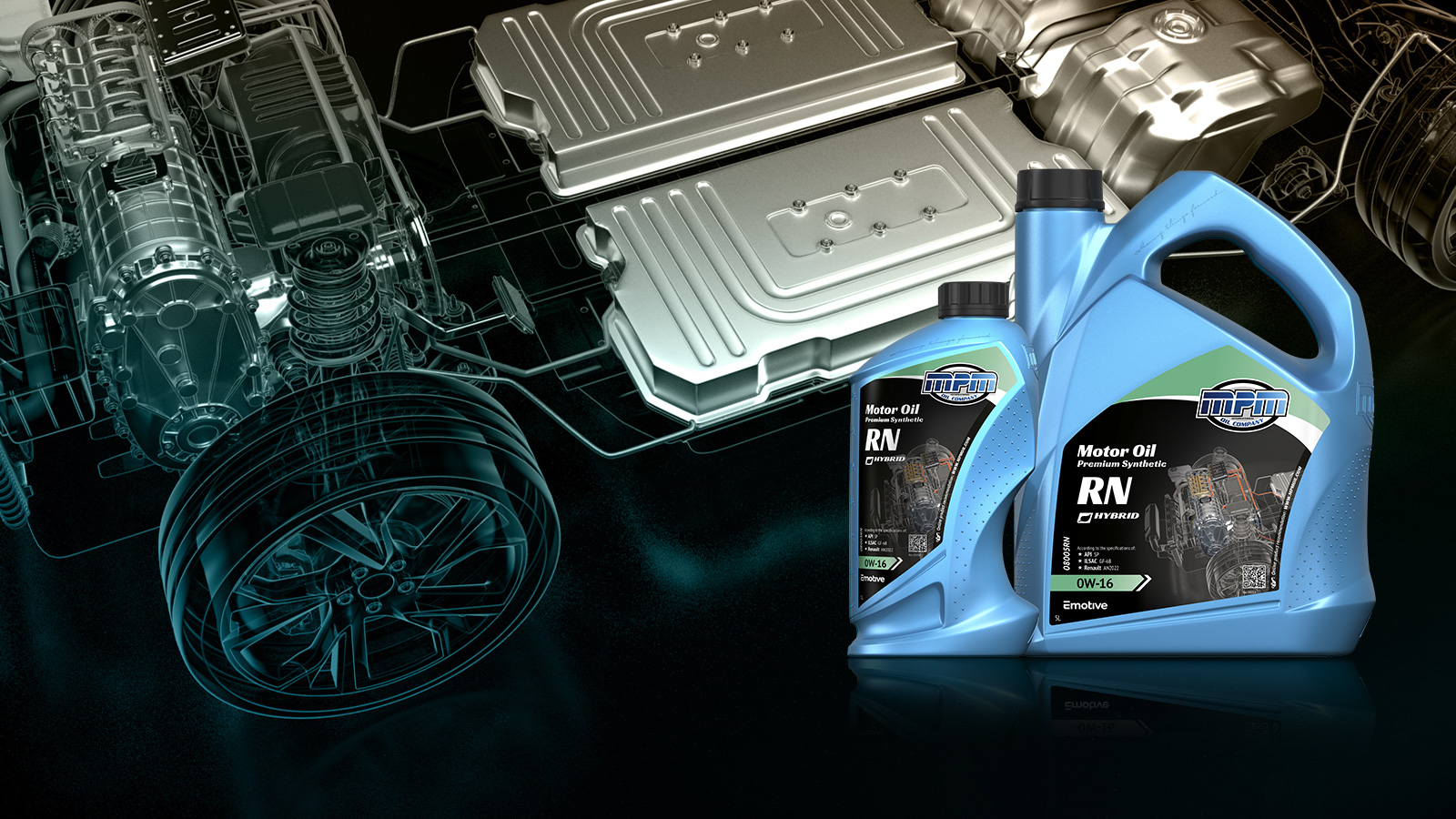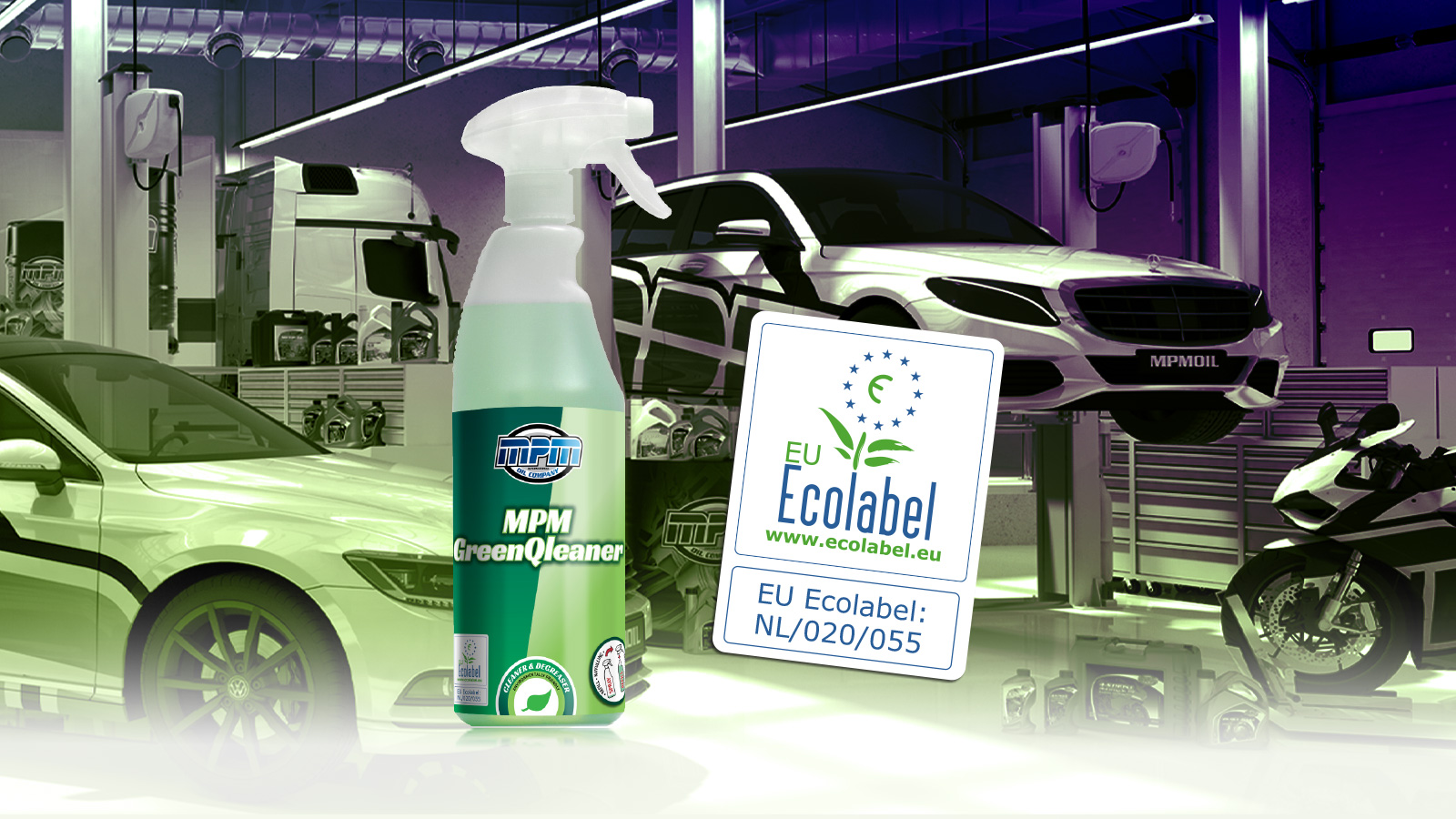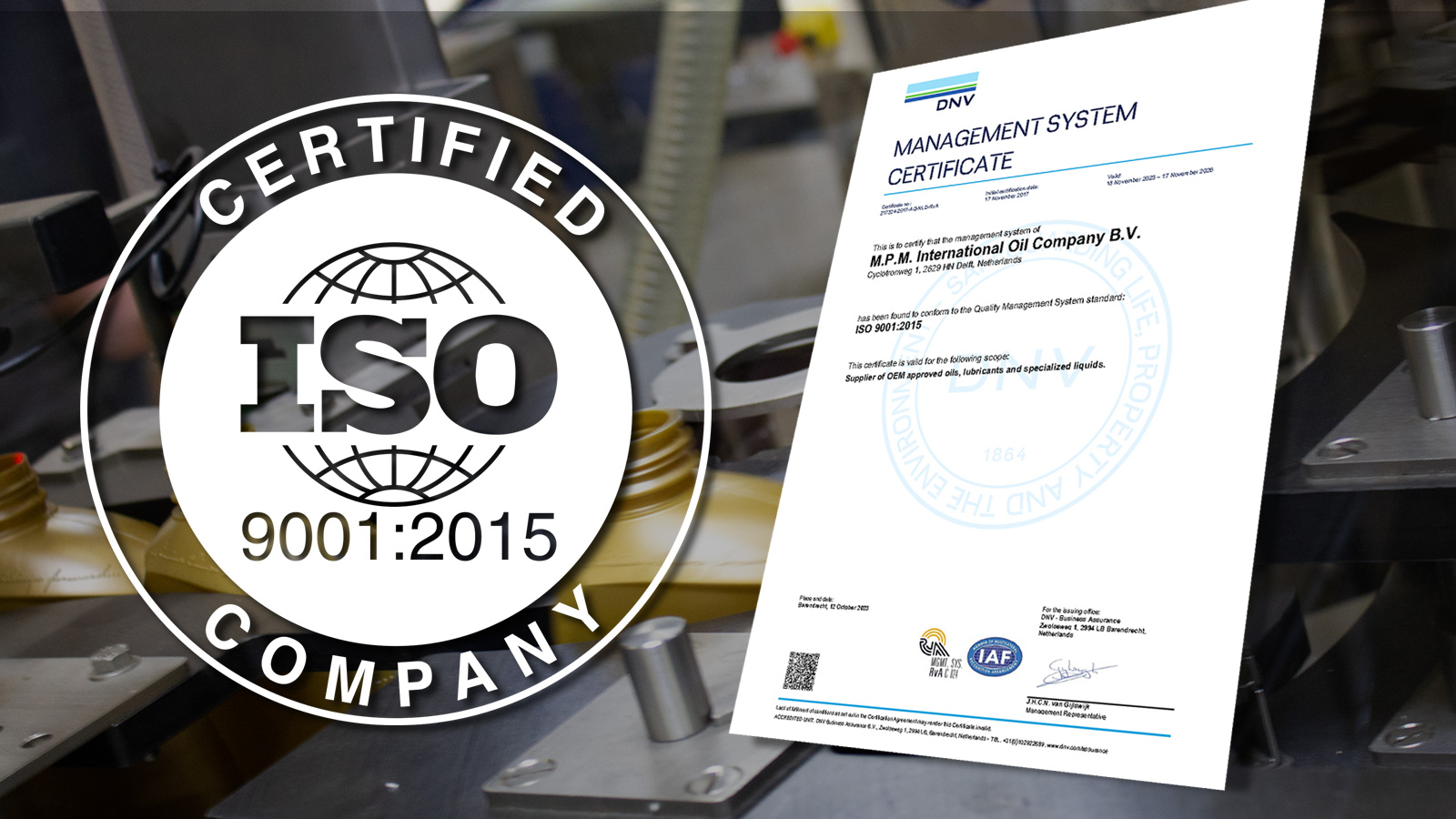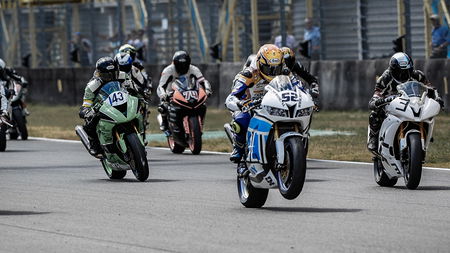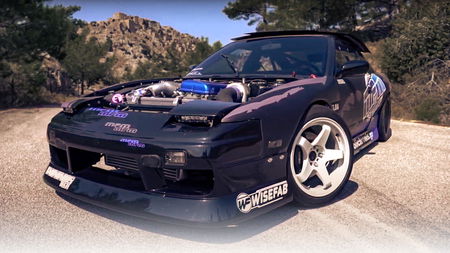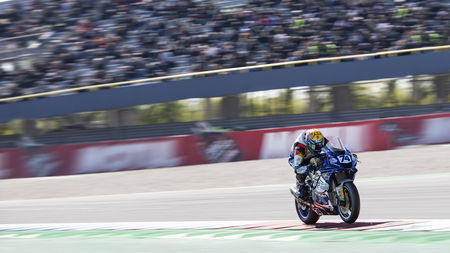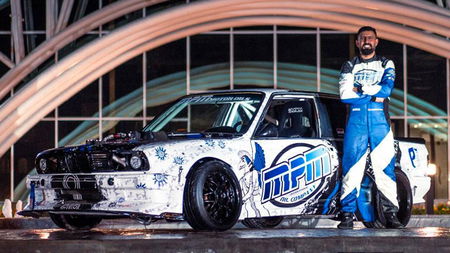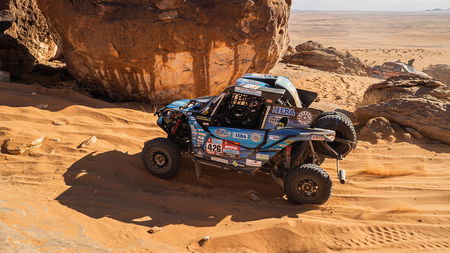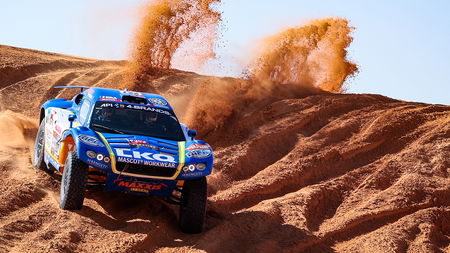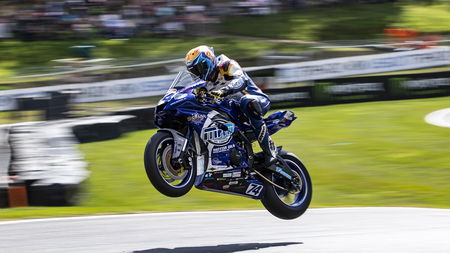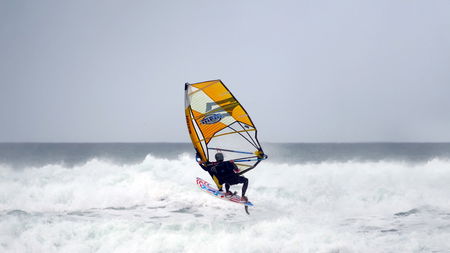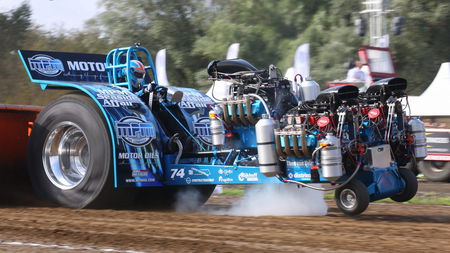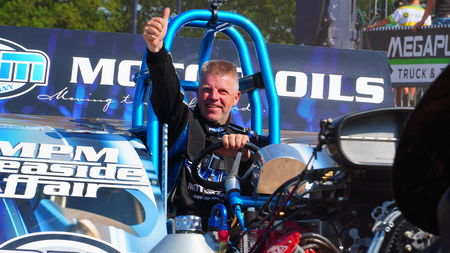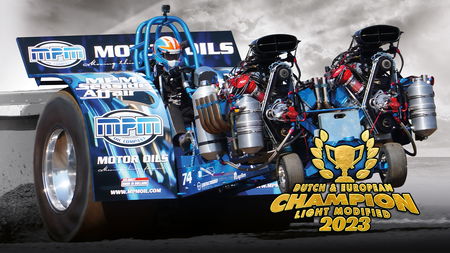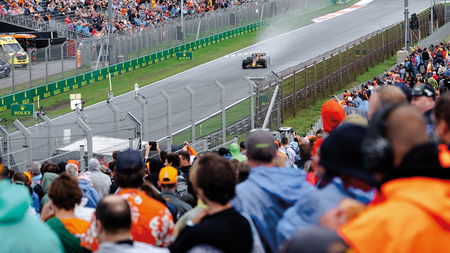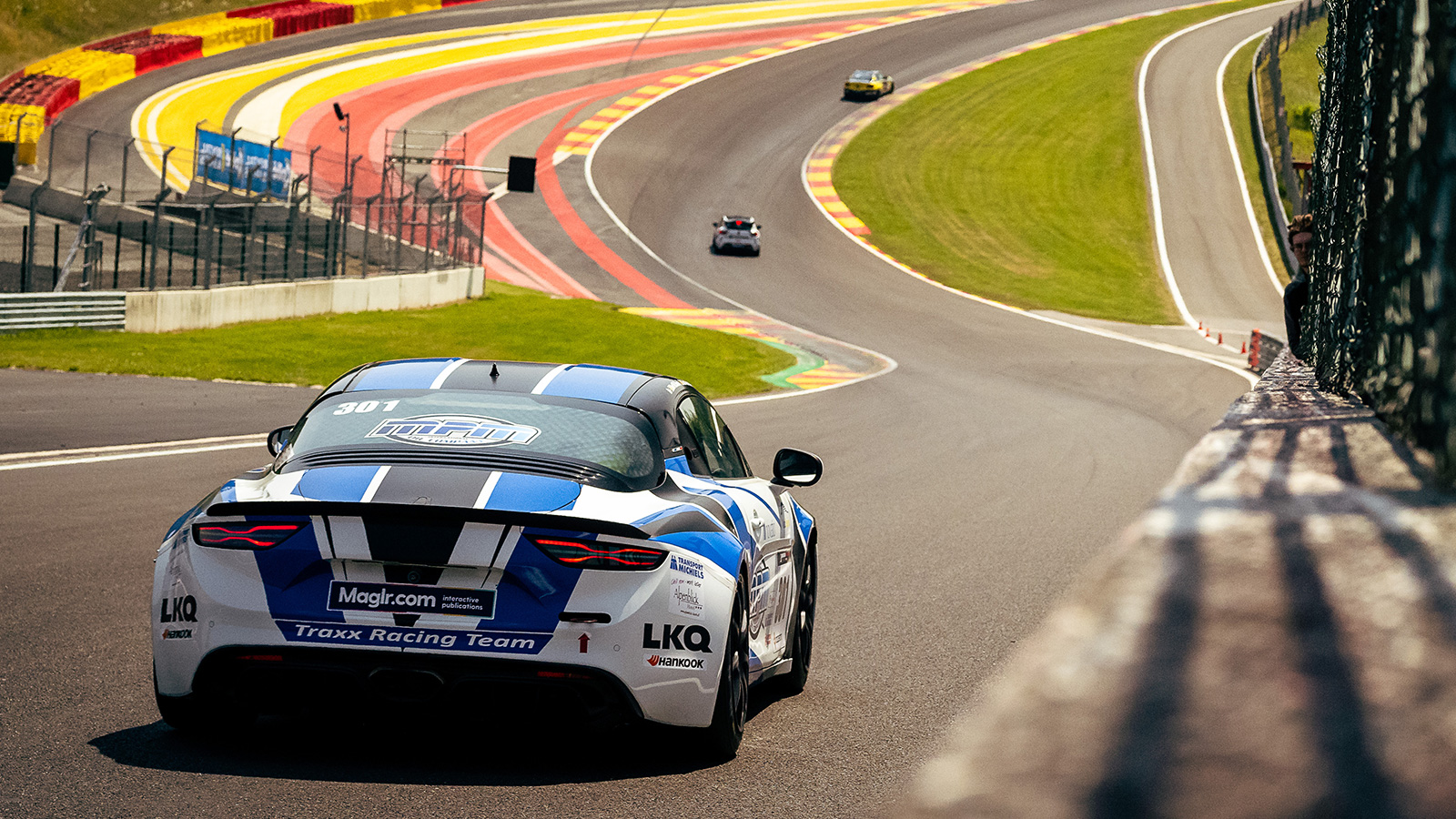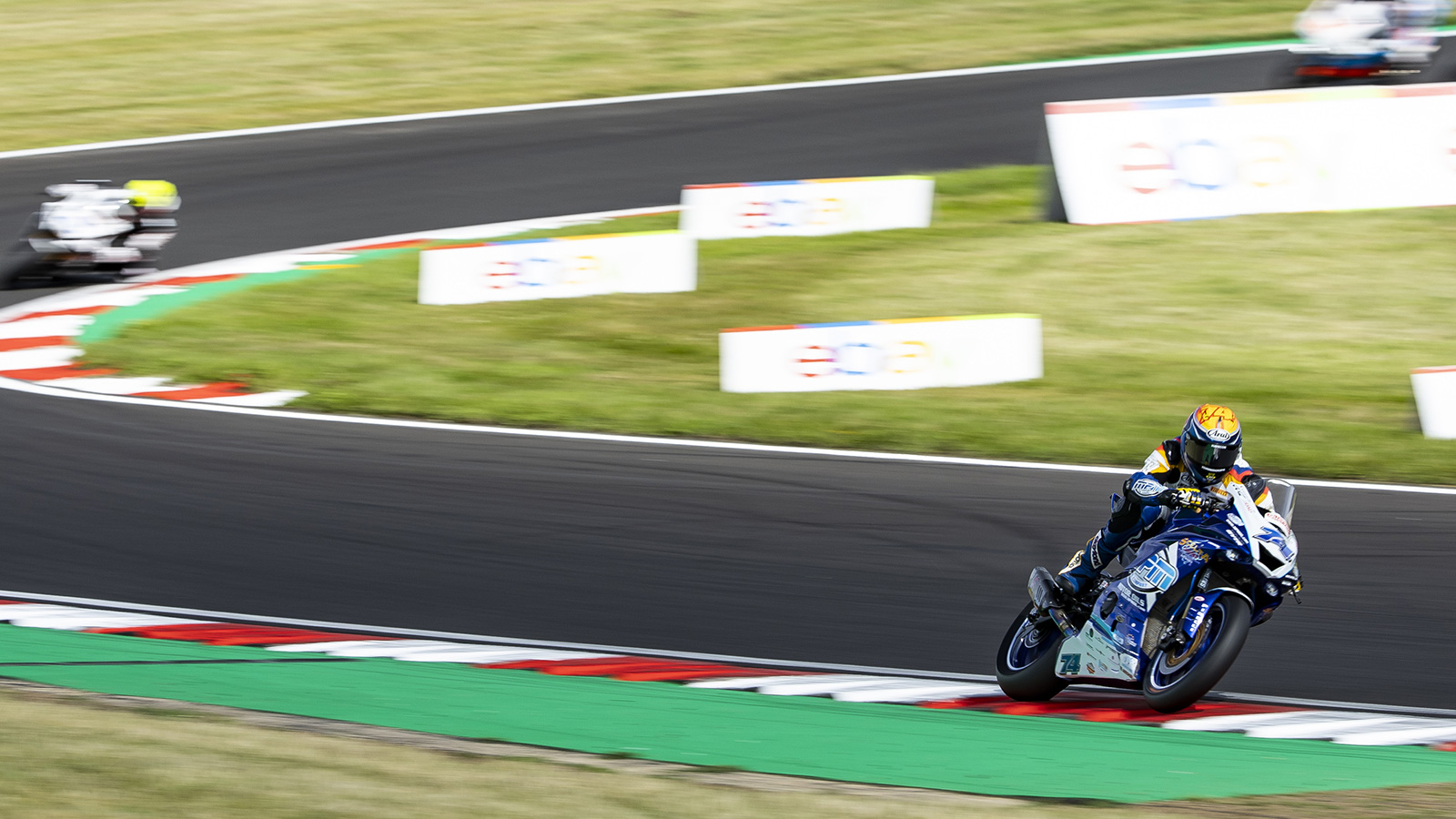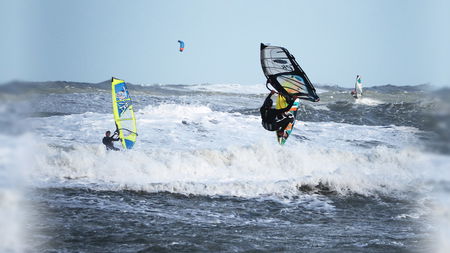MPM often receives questions about the use of brake fluid. Brake fluid is really of vital importance and therefore requires your attention. This ‘OEM News Letter’ contains information about the most important aspects of brake fluid.
Summary
- Replace the brake fluid at least every two years. This can save lives! (The brake fluid change interval is usually once per two years; in a few cases this is once a year).
- Never mix main groups of brake fluids together!
- In cars from 2007, often a DOT 4+ LV brake fluid must be used; this is not always clearly indicated on the brake fluid reservoir.
- DOT 4+ LV may also be used if DOT 4 is prescribed. Advice is to use DOT 4+ LV, also where DOT 4 is prescribed.
Tips for the workshop
- Preferably use brake fluid from a sealed package.
- Select the packaging size so that there is no leftover which needs to be preserved.
- Brake fluid may affect some types of paint; when spilling brake fluid, thoroughly rinse with water, do not rub away.
- On the website of MPM (www.mpmoil.nl) you can easily and quickly see which brake fluid is prescribed for a specific car.
For questions:
Contact MPM Technical product Management.
Replacing brake fluid every 2 years
Brake fluid must, in addition to the mileage-related maintenance, be replaced every two years. We regularly get the question whether this is really necessary. The answer is: yes, for your own safety and the safety of others. The question is, of course, “why”? Moisture, but also contaminants, poses a serious threat for the quality of brake fluid. The most common brake fluids (DOT 3, DOT 4 and DOT 5.1) are hygroscopic, that is, they attract water. This property means that the boiling point drops drastically (3% water can already lower the boiling point by more than 70 degrees C). When brakes are heavily loaded (for example at intensive urban traffic, driving with extra weight or in mountainous terrain) water vapour can form. Water vapour is compressible and this means that no brake pressure can be built up. Water can also freeze at temperatures below zero degrees C through which a brake line can be blocked.
In addition to the danger that the brakes no longer work properly, the presence of water also introduces a chance of corrosion. Also, in very expensive parts of the ABS and stability control system. Replacement of these parts can be costly.
How can water enter the brake fluid?
There are several reasons why water can enter the brake fluid, for example:
- in the packaging; after opening and/or by the breathing properties of some plastic packaging. Storage in cans is therefore preferable in a case of long storage times.
- by intrusion of water at the main/brake cylinders
- by intrusion of water at the pipe/hose connections
- when topping up (air also contains water vapour)
Unfortunately these issues are almost impossible to prevent, which is why we recommend to change the brake fluid at least every two years.
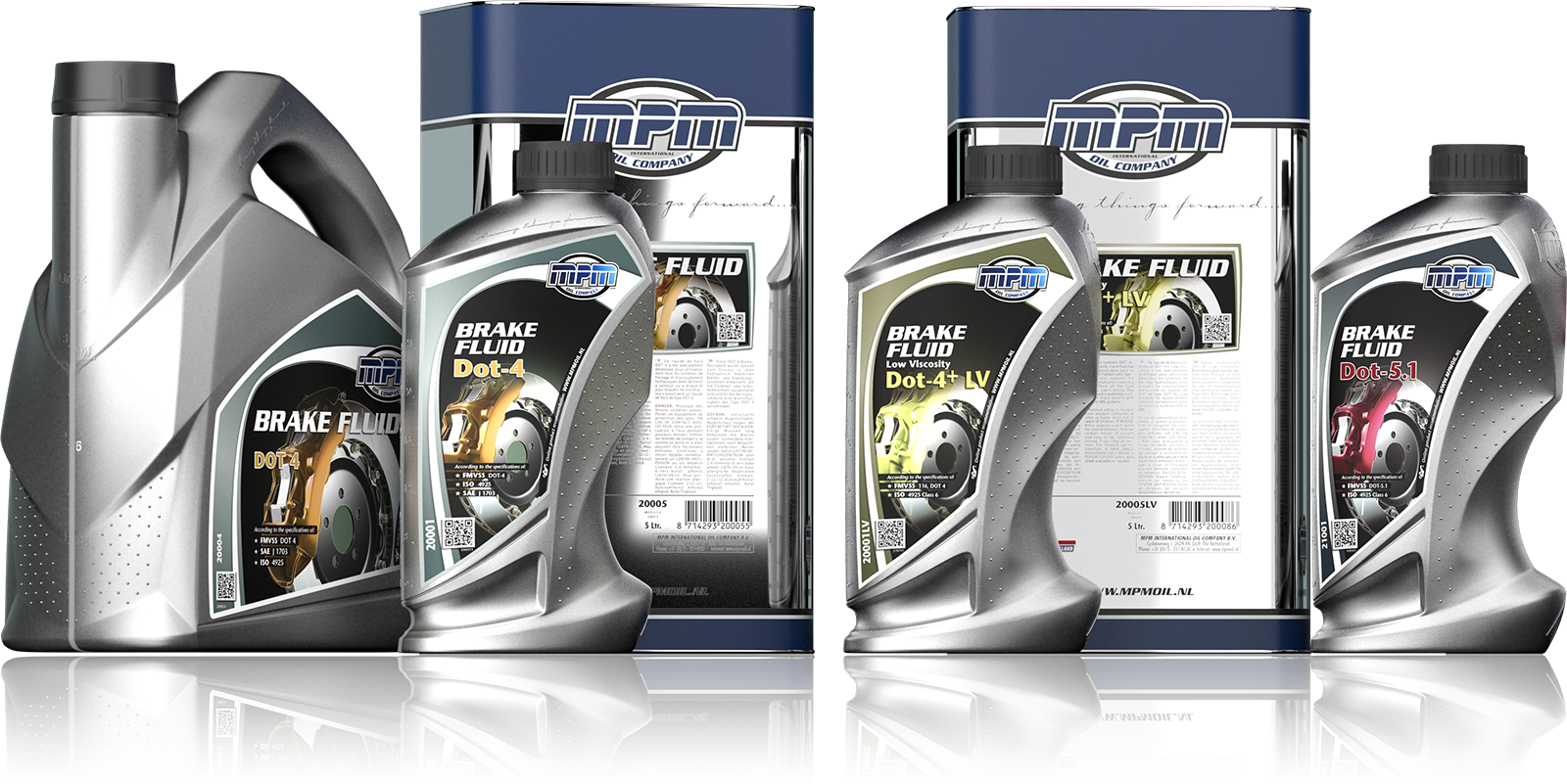
Three main groups of brake fluids
We distinguish three main groups of brake fluids:
- Brake fluid based on polyglycol ethers (most commonly used are: DOT 3, DOT 4, DOT 4+LV, DOT 5.1). Colour: clear or amber (not artificially coloured).
- Brake fluid based on silicone fluids (DOT 5). Colour: Purple.
- Brake fluids on mineral oil basis. Colour: most often green.
The above three types of brake fluids should NEVER be mixed together!
Brake fluids based on polyglycol ethers are in principle interchangeable. However, it may be that specifically a DOT 3 is prescribed. Most often this is because the sealing materials used are less resistant to the DOT 4 brake fluid.
DOT 4 or DOT 4+ LV?
For most vehicles produced from 2007 on the manufacturer indicates that DOT 4+ LV is mandatory. From our experience, we know that this fact is little known.
This brake fluid has a so-called “low viscosity”. This low viscosity is essential for good operation of the brake system in cold conditions. This brake fluid is also specially developed for vehicles with ABS, ESP and ASR systems. For these systems to be able to react quickly, a DOT 4+ LV fluid is required. The DOT4 + LV also possesses a high “wet boiling point”. This reduces the chance of vapour bubbles from forming, and reduces the ability of the liquid to boil. More on this below.
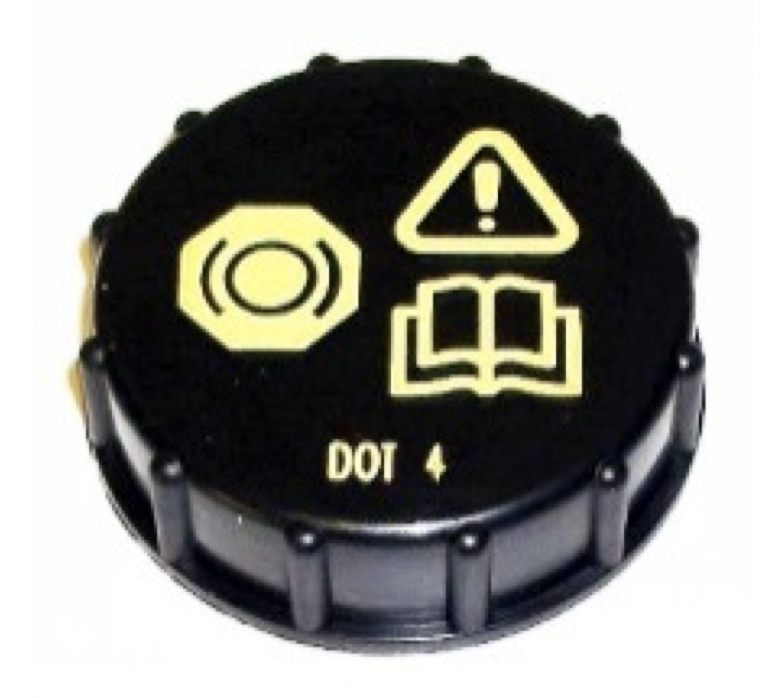
The difference in the specification can be found in the ‘Class 6’ addition:
- DOT 4 = FMVSS 116, ISO 4925
- DOT 4+ LV = FMVSS 116, ISO 4925 Class 6
Please note: The cap of the refill reservoir of the master brake cylinder often states ‘DOT 4’, but in reality often DOT 4+ LV is required. Quite often this is not mentioned on the reservoir! (please refer to the user manual of the car). DOT 4+ LV more than meets the ISO 4925 Class 6 requirements and can be used at any time when DOT 4 is recommended. The better choice is always to use DOT 4+ LV, even if a DOT 4 is indicated.
Difference between dry and wet boiling point
The DOT standard indicates the boiling point of the brake fluid. A distinction is made between:
- Dry boiling point where the brake fluid contains 0% water.
- Wet boiling point where maximum saturation has occurred of more than 3% water.
The table below lists the different DOT designations for the different boiling points, according to the international standard requirements.
| Property | FMVSS 116 | SAE J1703 | ISO 4925 | |||||
|---|---|---|---|---|---|---|---|---|
| DOT 3 | DOT 4 | DOT 5.1 | Class 3 | Class 4 | Class 5.1 | Class 6 | ||
| Boiling point, °C, dry | ≥ 205 | ≥ 230 | ≥ 260 | ≥ 205 | ≥ 205 | ≥ 230 | ≥ 260 | ≥ 250 |
| Boiling point, °C, wet | ≥ 140 | ≥ 155 | ≥ 180 | ≥ 140 | ≥ 140 | ≥ 155 | ≥ 180 | ≥ 165 |
| Viscosity, mm2/s at -40°C | ≤ 1500 | ≤ 1800 | ≤ 900 | ≤ 1500 | ≤ 1500 | ≤ 1500 | ≤ 900 | ≤ 750 |
The MPM products more than exceed the standard requirements, asdepicted in these charts below:
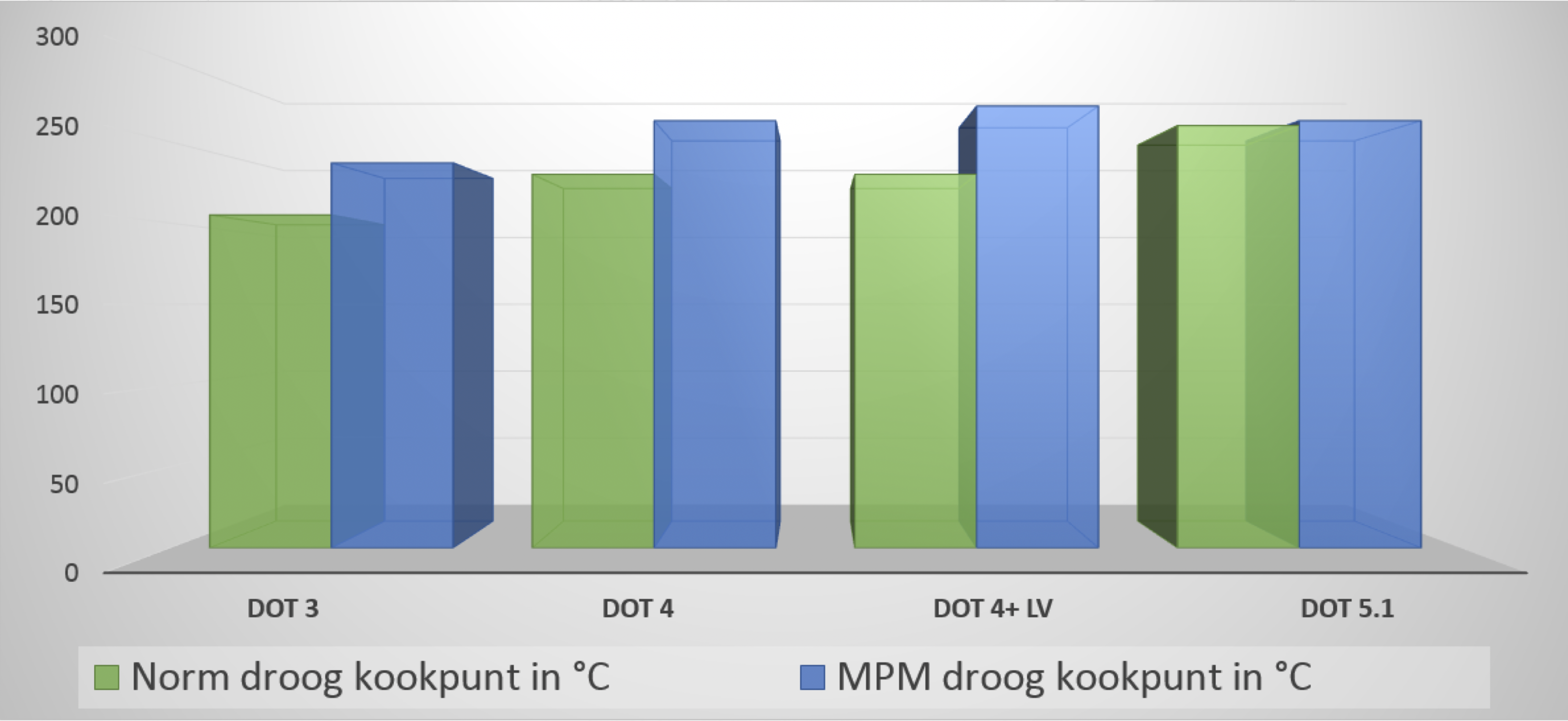
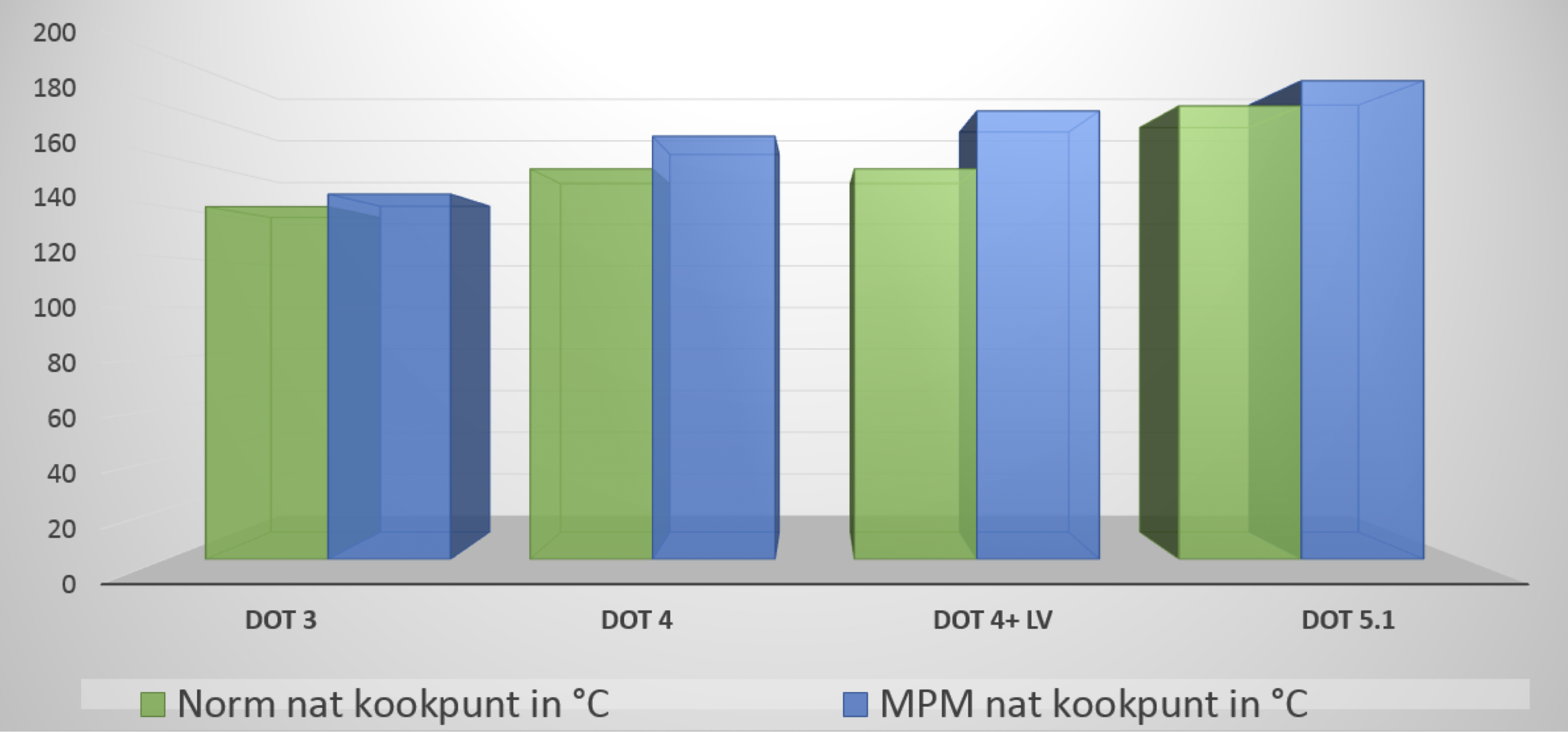
For questions:
Contact MPM Technical product Management
